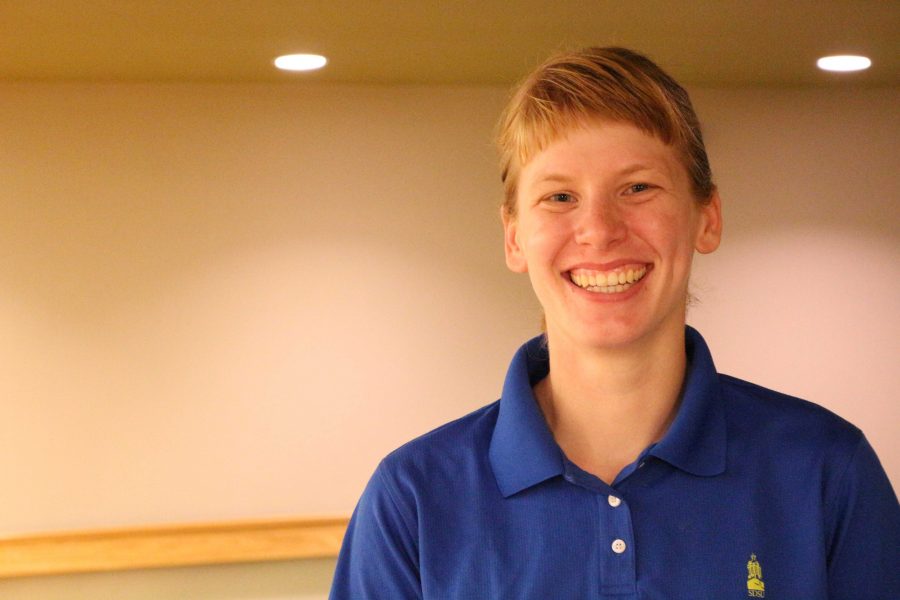Changes to recycling program improve campus environment
January 29, 2020
Since 1996, SDSU has offered recycling services to its students. What started as a small system has grown to encompass individual recycling bins in offices and dorm rooms. The convenience of recycling has never been easier.
The importance of recycling has also never been greater, with recycling providing a way to minimize our global waste pollution and offering a more energy efficient way to make new projects.
However, like any program, there are bumps in the road. If you have been on campus for any number of years, you may have noticed that the recycling “how-to” guide changes. This is one of those challenges.
Recycling is primarily driven by markets and what companies are willing to make their products out of. For example, if no one is making products out of recycled glass, then the market value goes down and the product is deemed unrecyclable. However, if a company finds an economical way to reuse that product, it may come back and be recyclable again. In addition, as our culture revolves around a throw-away society, there is an abundance of products and therefore far more supply than could meet demand.
Along with the market value, the quality of a product is also a player in the recycling game. Products that are made of low-quality material are often not valuable in the market stream. Take plastics as an example. There are so many different types of plastics, from the plastic in a water bottle to plastic in a straw. While both are considered “plastics,” only one is recyclable. This boils down to the make-up and chemistry of the item. Can the product be broken down and still be good enough quality to be reused? If the answer is yes, it can be recycled. If not, the product goes to the landfill.
It’s also what is mixed in with the recycling that affects its quality and value. Any trash item (say food or a candy wrapper) that is found in the recycling increases the amount of time to sort the recyclable products and decreases the quality of recycling. In fact, having trash in the recycling system affects the process and quality of recycling so much that recycling entities are charged if too much trash is in their recycling. This holds true for SDSU as well. To minimize any costs charged to SDSU, our custodial staff is trained in what can be recycled. As each bag of recycling is collected, the custodial staff checks that the majority of the content is recyclable. If it is recyclable, it goes to the recycling dumpster. If not, it goes to the trash dumpster.
When it comes down to it, having an effective recycling program is made possible not only by the market but also by every individual. When people are well-versed on what can be recycled and ensure that all items are placed in the appropriate waste receptacle, communities and campuses can be sure they are positively contributing to our shared environment.
To learn more about what can be recycled and what bins are for recycling, please visit https://www.sdstate.edu/sustainability/recycling





















